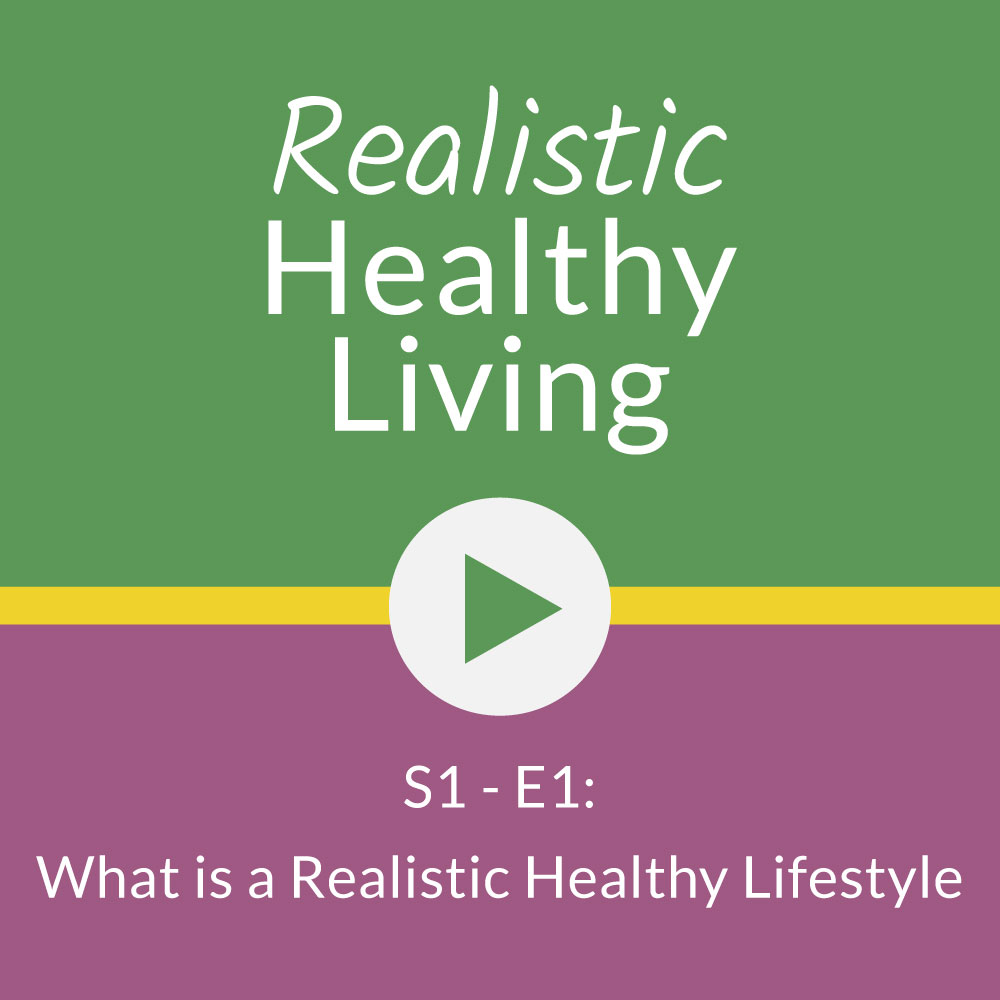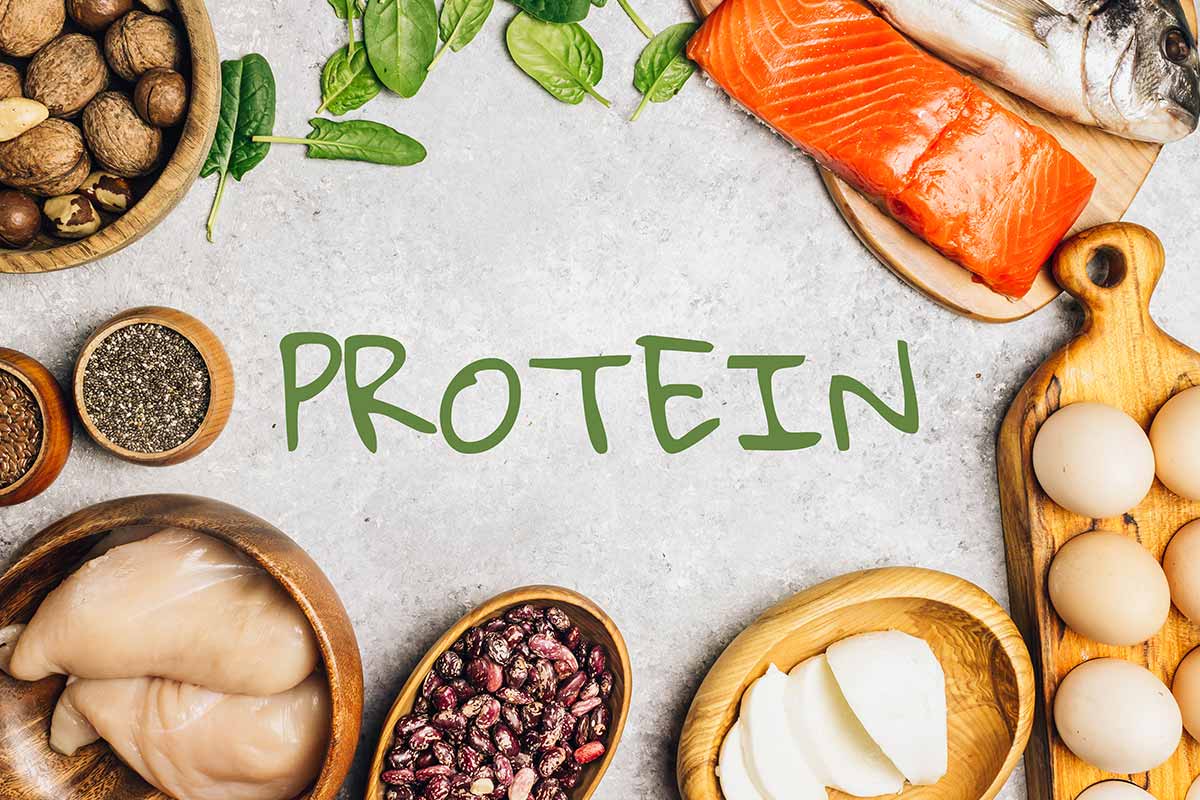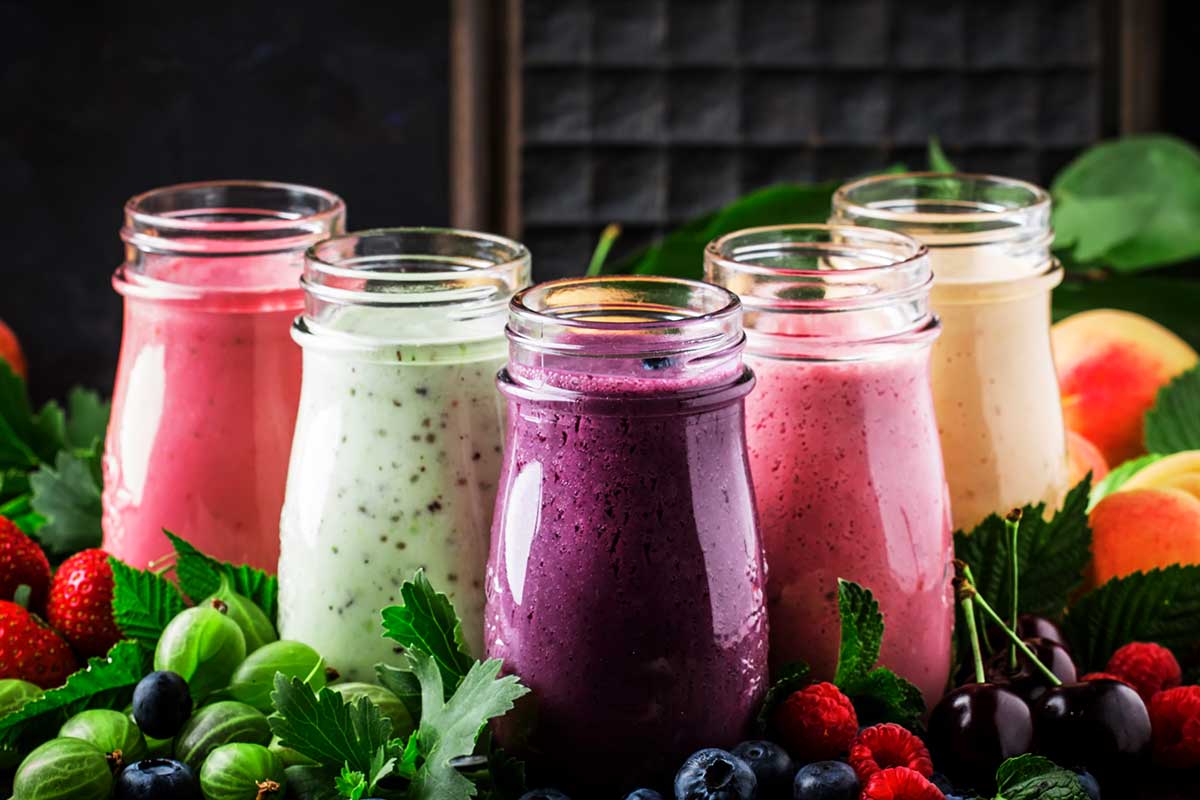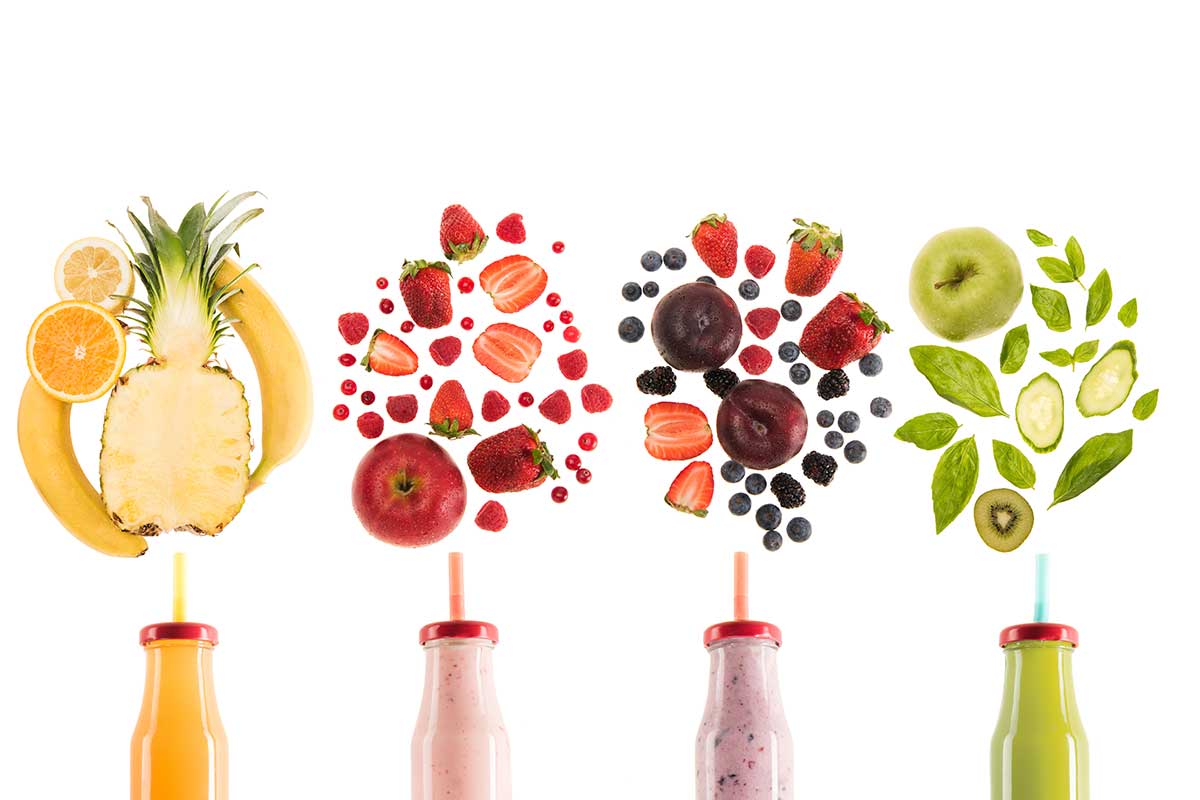If you are one of those who cringe when they hear the word ‘exercise’ for any reason, or if you are okay with exercising but there seems to be some kind of a personal struggle attached to this concept that doesn’t allow you to keep consistent in a certain physical activity, this episode is for you.
Join me for an episode that raises common struggles with exercising, and some realistic, practical solutions to these.
Articles:
https://www.who.int/news-room/fact-sheets/detail/physical-activity
https://www.ncbi.nlm.nih.gov/pmc/articles/PMC1424733/
https://pubmed.ncbi.nlm.nih.gov/15838583/
https://www.ncbi.nlm.nih.gov/pmc/articles/PMC7288608/
https://www.ncbi.nlm.nih.gov/pmc/articles/PMC5666622/
https://www.ncbi.nlm.nih.gov/pmc/articles/PMC5928534/
https://www.ncbi.nlm.nih.gov/pmc/articles/PMC6431367/
https://www.health.harvard.edu/topics/exercise-and-fitness
https://www.canada.ca/en/public-health/services/being-active/physical-activity-your-health.html








